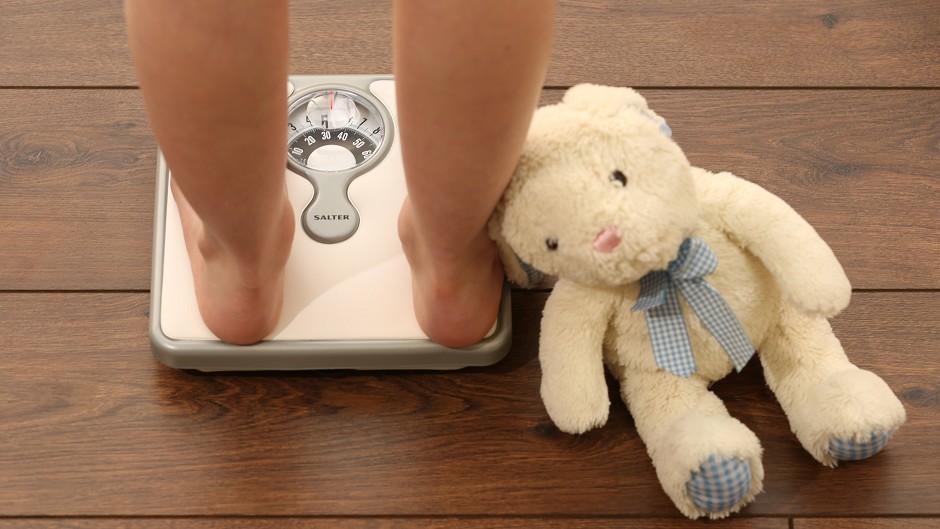Hundreds of primary school children across north and north-east Scotland are obese.
New figures show almost 200 children were recorded as being severely obese by NHS boards across the region, while another 340 were measured as clinically obese.
More than 1,200 primary one children across the region were ranked as overweight, obese or severely obese, according to NHS figures.
Statistics published yesterday show that 9.9% of primary children in Grampian were at risk of becoming obese in 2014-15, down from 10.7% the previous year.
While in the Highlands, 10.6% of children were at risk from obesity in 2014-15 – down from 11.7% the year before.
Last night, North-East MSP Alex Johnstone said more could be done by schools to encourage physical activity from an early age but said the real solution to the problem was in the hands of parents.
He said: “People have lost touch with the fact that we need to introduce children to a balanced diet – we can do what we can in schools, we can introduce free school meals as we have done, but it’s no substitute for what goes on at home.
“Parents need to ensure that children get to sit round the table with their family so they’re not just eating fast food.
“The cure is simple, it’s about returning to the eating habits of a previous generation when childhood obesity wasn’t an issue.”
Both health boards recorded an increase in the number of children being classified as a “healthy weight”.
Aberdeenshire Council’s education convener said authorities faced increasing budgetary pressures while trying to support sport and leisure in communities.
Alison Evison added: “We must remain mindful of the dangers there may be in making any more specific inferences from the statistics.”
Last night, Scottish Liberal Democrat health spokesman Jim Hume said more needed to be done to tackle obesity among children.
He said: “Any reduction in the number of children who are overweight or obese is welcome.
“But these figures show there has been next to no progress over the last decade and the situation in places like the north-east and Highlands is acute.
“Children who experience weight problems grow up into adults experiencing weight problems, and the strain this puts on our NHS is clear.”
Public Health Minister Maureen Watt said: “It’s encouraging to see that the percentage of healthy-weight children has increased since last year, and those at risk of being overweight has decreased.
“We will continue to take action on a range of fronts to continue this trend and reduce childhood obesity further.”
A spokeswoman for NHS Grampian said: “We are encouraged to see that Grampian figures published by ISD Scotland for P1 children in 2014-15 show an increase in the number of children classified as ‘healthy weight’.
“NHS Grampian is committed to continuing to work with our partners to maintain this increase through our child healthy weight initiatives.”
Comment, Page 25
